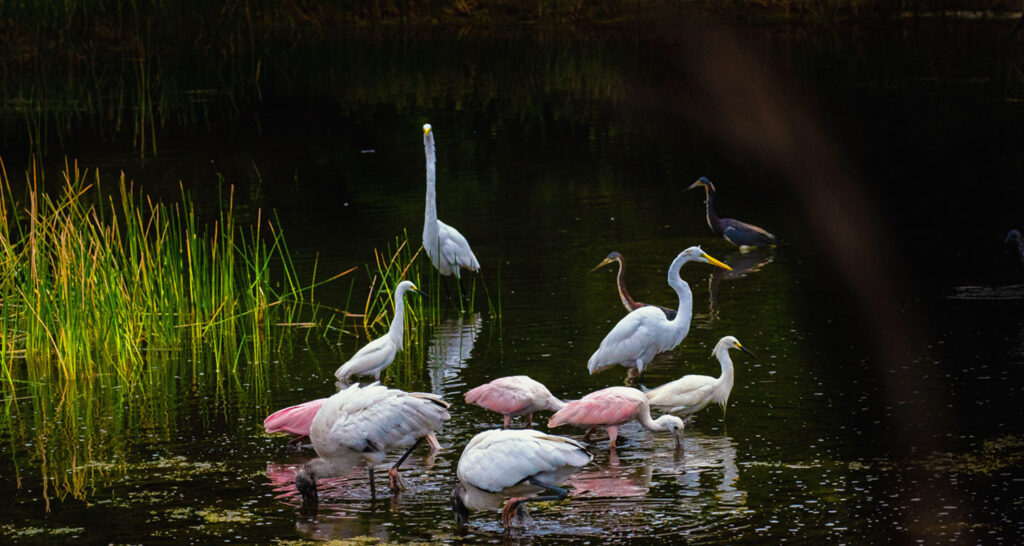
Palm Beach County enjoys two outstanding birding locations where birds are always abundant and easy to photograph.
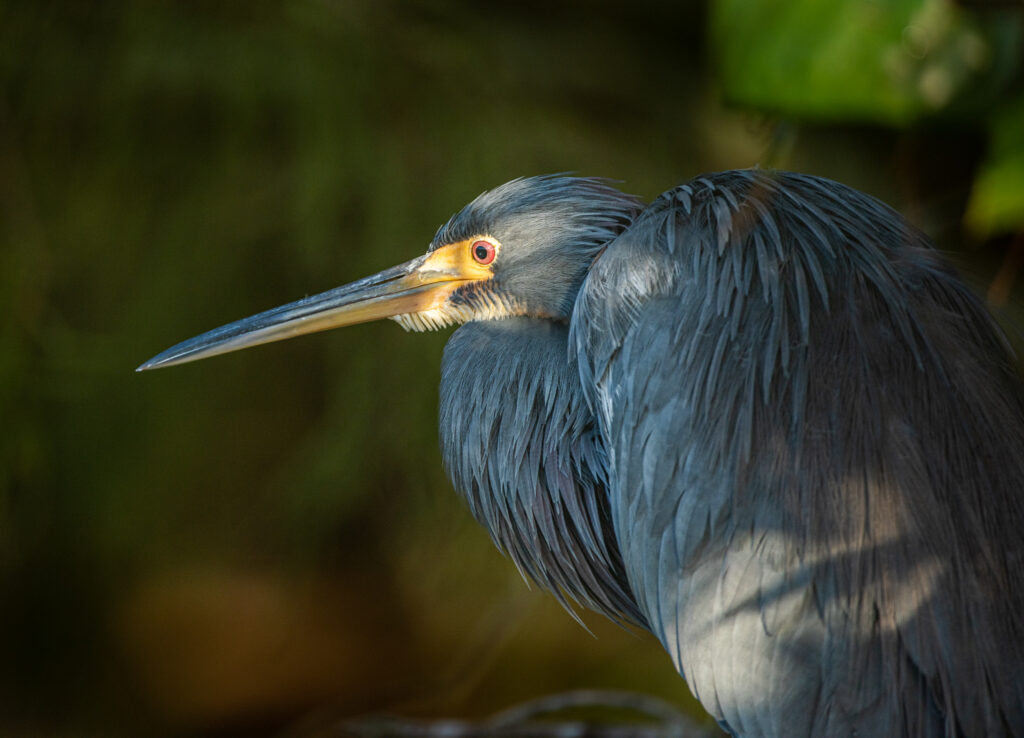
Getting close-up portraits of your favorite Heron, Egret or Spoonbill is as easy as driving to Delray Beach Florida and arriving before dawn at either Wakodohatchee or Green Cay Wetlands Preserves. Both parks boast a mile of boardwalks that meander through shallow wetlands and bird-covered mangrove islands. As the night stars fade to pre-sunrise, visitors are surprised to see that all trees surrounding are covered and colored with dozens of species! This day was my best friend Ed’s first visit.
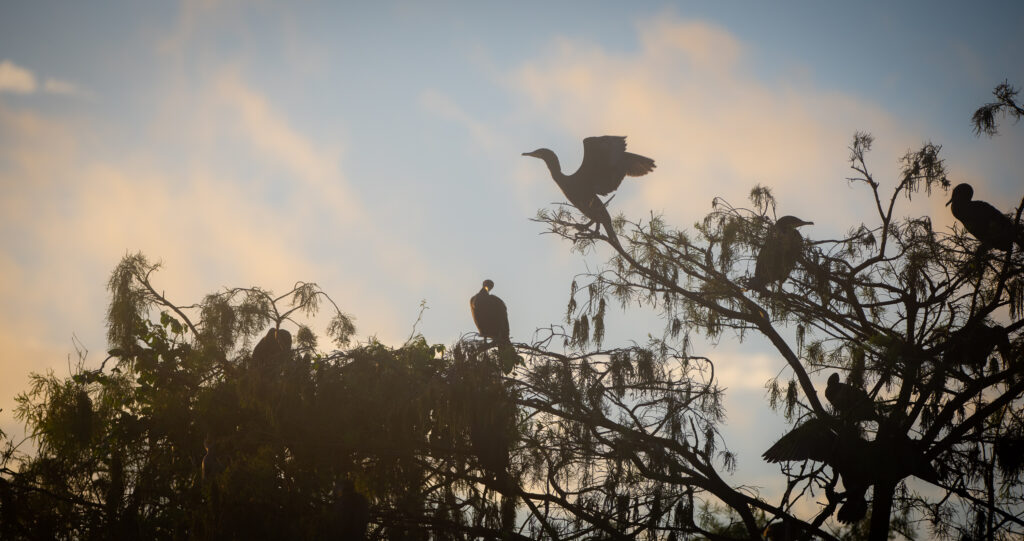
Just as the sun broke the horizon, birds began diving out of their perches and swooped past us from every direction. “This is like the Alfred Hitchcock movie!” Ed exclaimed. I was giving him a “workshop in Florida Bird Photography” and we were doing our best to track our telephoto lenses on the manic wildlife while pressing camera shutter and ” back button” autofocus! Birds squawked and cawed. Feathers beat the morning air. Our camera motor drives clicked in rapid succession. Hopefully, we would get a few shots that were perfectly focused!
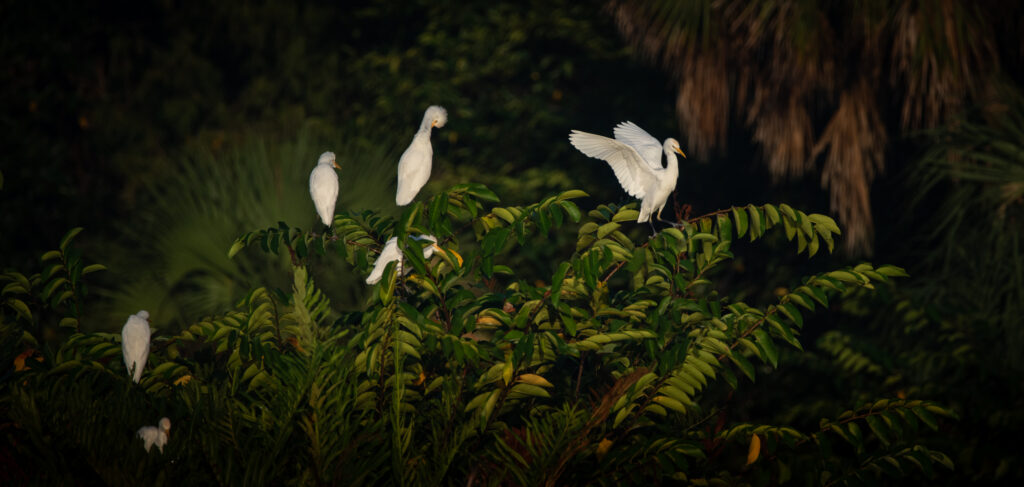
Wakodohatchee and Green Cay are “water managed” wetland parks located a few miles from the northeastern border of the Everglades. These are not zoos with aviary type cages. Above the boardwalk is “only sky”. Birds come an go at will–roosting here at night, feeding here at dawn, perhaps touring the northern Everglades during the day. Regardless of changing tropical weather and rainfall amounts, thousands of birds come here to congregate , roost, feed and nest within these two unlikely locales amidst residential neighborhoods. Looking to see your first Purple Gallinule?
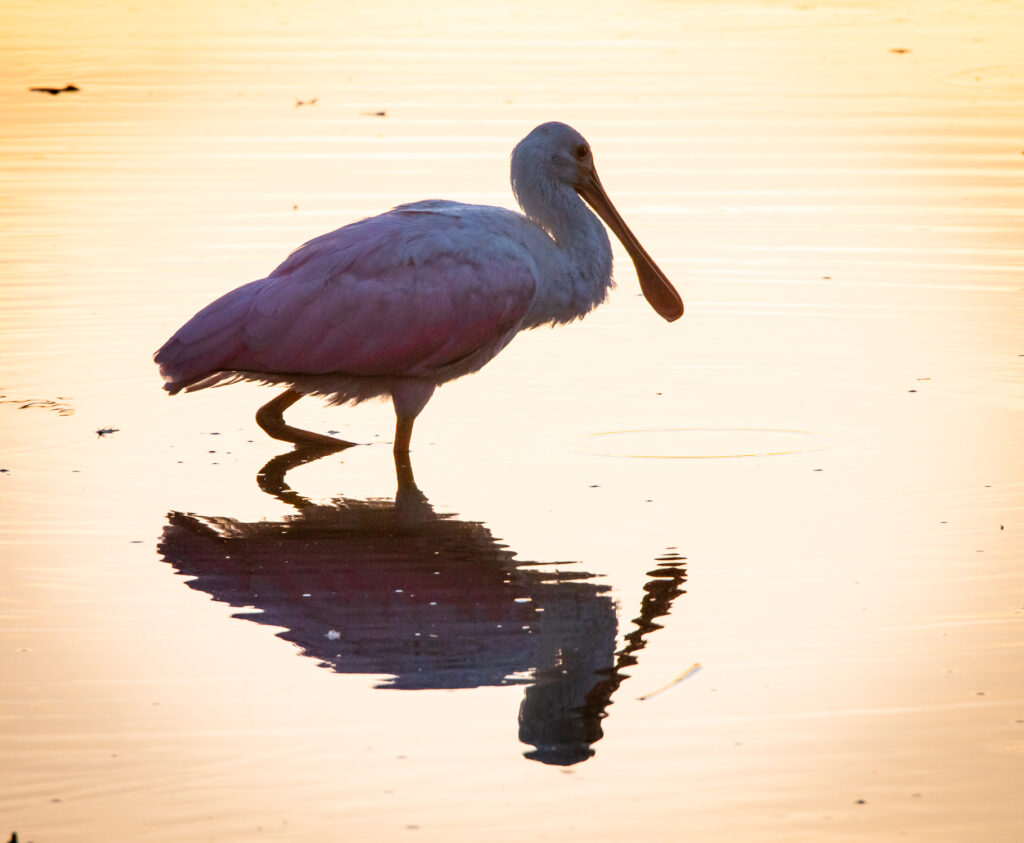
You will find families of them forgaging in the many grasses, firebrush and pickerel weed just beyond the railing of the boardwalk within easy reach of a cell phone camera! How about a shy Night Heron? Just look closely in the shadows of the mangrove branches! Roseatte Spoonbills? Split-Tailed Kites? Come before the sun rises and watch them swoop down from their roosts high in the pines to fish the shallows for apple snails. Of course, you will have to pick them out from the hundreds of ibis, snowy egrets and wood storks!
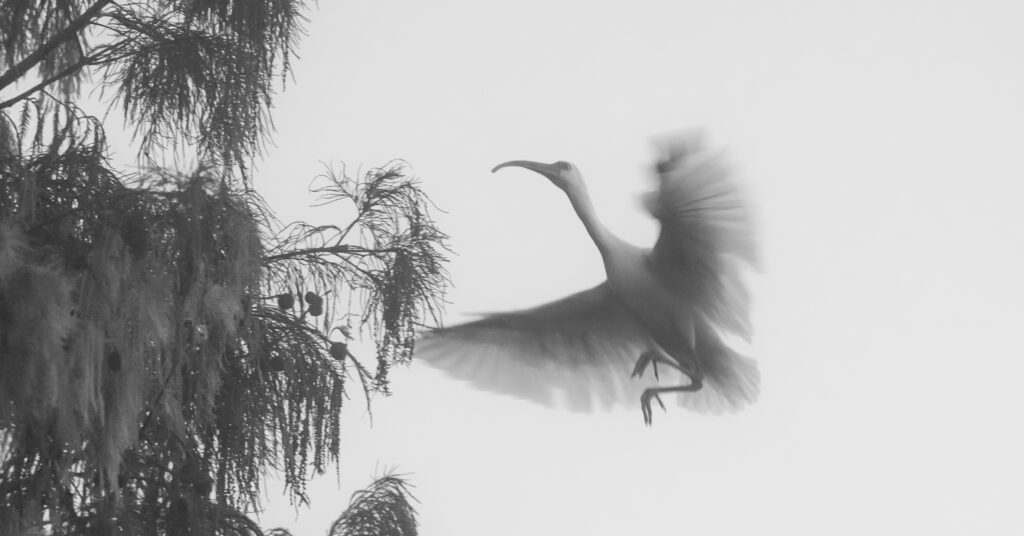

Why so many varied species in one area? It turns out that Florida’s birds prefer the water surrounding their nests to be shallow enough for wading and fishing, yet deep enough to prevent predators like raccoons from reaching their young.
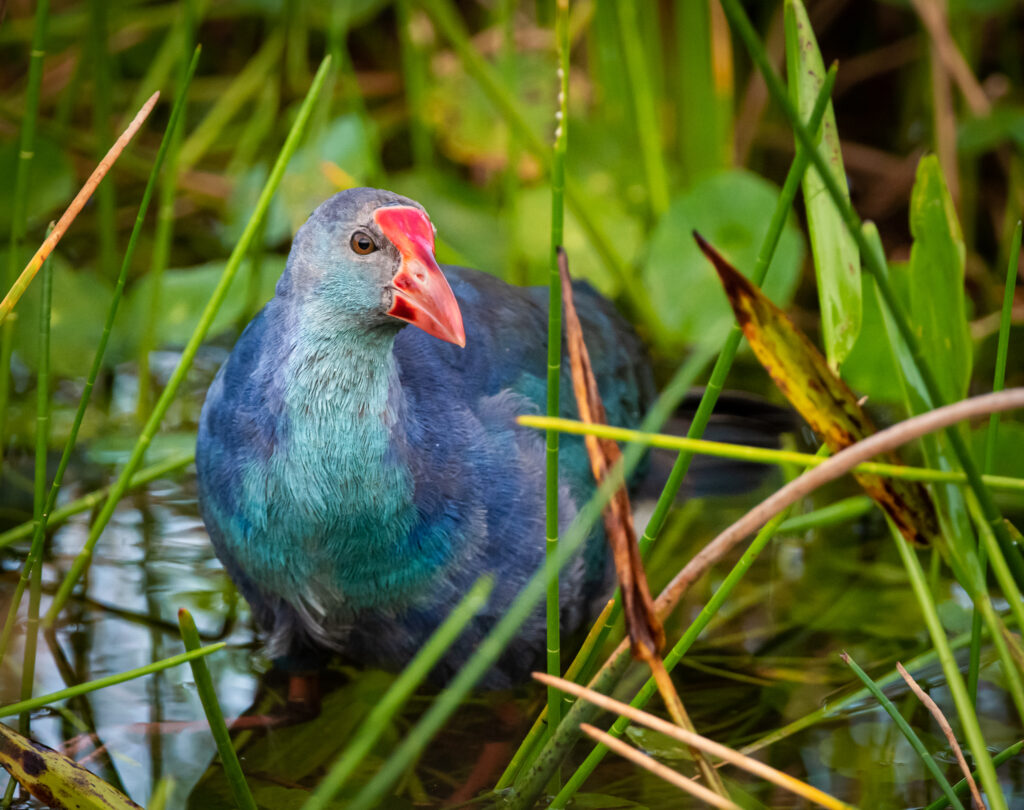
These parks were created by specialists who turned waste management areas into thriving ecosystems by planting islands of vegetation. Each of these parks were planted decades ago, and just keep attracting more wildlife each year— plants, fish, crayfish, insects and even a few alligators turtles and snakes. Every new season brings more migratory species to these ideal roosting and nesting zones.
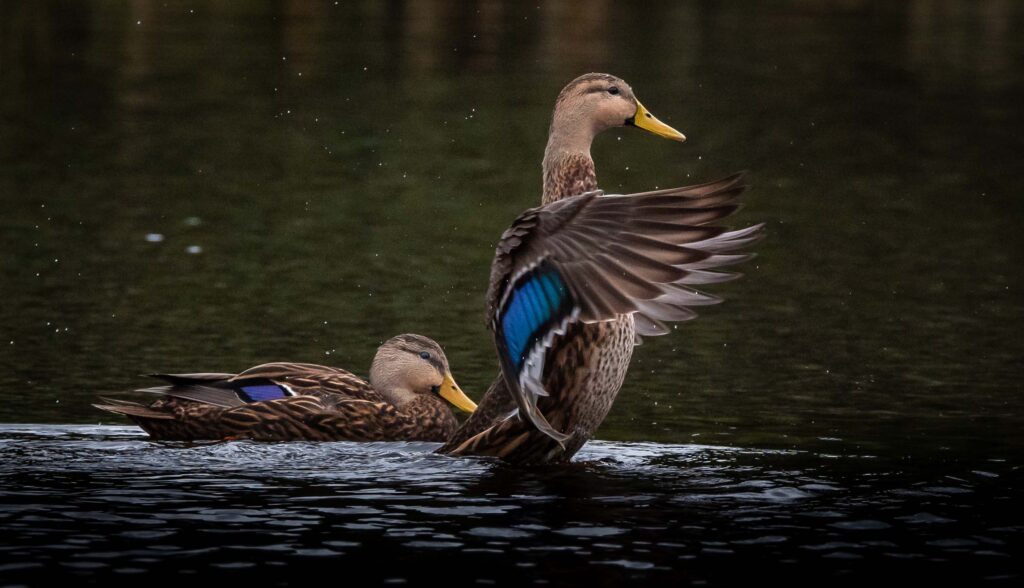
With a telephoto lens in the 300mm to 600mm range, a nature photographer can capture stunning close-up portraits of a dozen or more different species in a single morning! Along the mile-long boardwalks, you’ll spy Great Blue Herons, Tri-Colored Herons, Green Herons, Blue Herons, Night Herons, Reddish Egrets and more! These species, as well as Anhingas, Comorants, Moorhens and Anhingas are commonly seen year- round. Many species have little fear of humans and seemingly pose for pictures within a few yards of photographers. Informational signs along the way helps first timers identify the wildlife, and each park has a cadre of “local birders” who enjoy sharing their knowledge. After my first visit, I had to purchase a guide to Florida birds in order to caption the variety of shots I was getting each week!
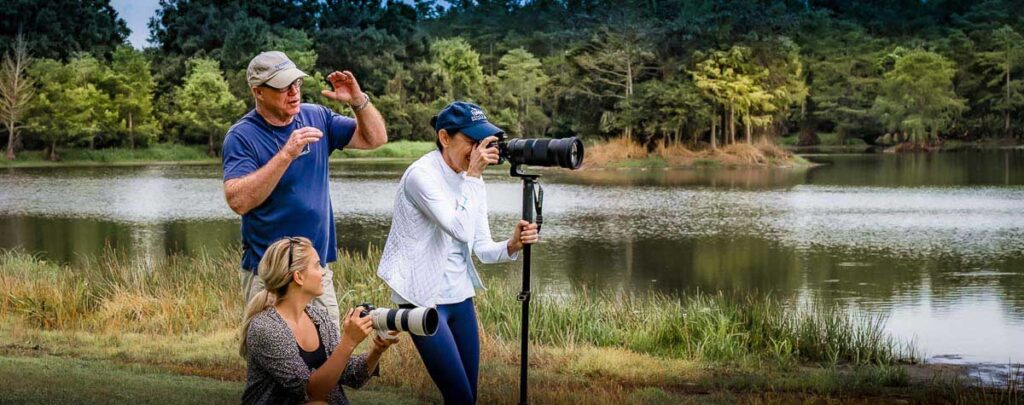
The camera I use is a Nikon D810 with a Sigma 150mm to 600mm lens. But, you don’t need professional equipment to have an amazing day. Many folks get dramatic photos with far simpler equipment. During prime nesting months–February through April, you will (literally) rub shoulders with professional nature photographers who have come from all parts of North America with their prime telephotos and camo coverings! However, it’s just as common to witness enthusiastic cell phone photographers. In these unique parks, everyone goes home with stories and images to share!
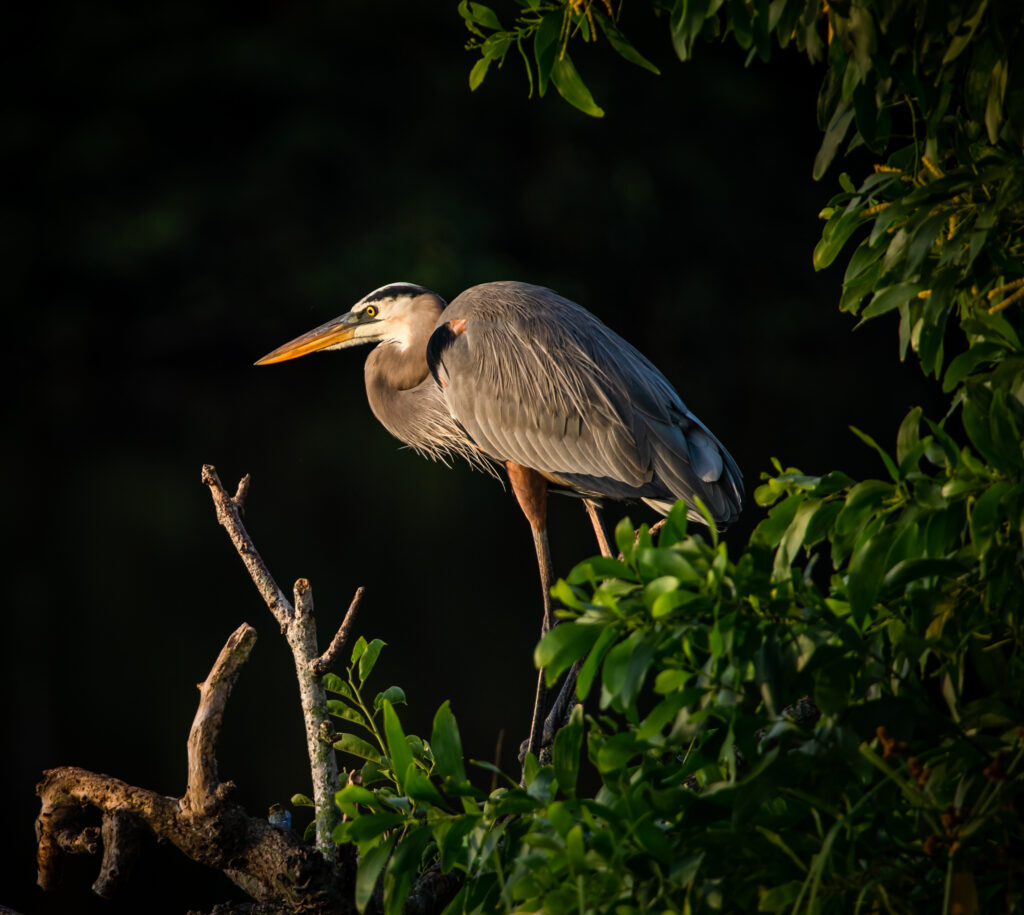
There are better places to spot raptors in South Florida—near salt water fish filled rivers. And, those hoping to spy a Barre Owl are better off visiting the Arthur R. Marshall Loxahatchee National Wildlife Refuge. But, for a morning of guaranteed thrills photographing wading birds—Green Cay and Wakodohatchee can’t be beat. Best yet, these two family friendly parks are only a few miles apart!.
From the Florida Turnpike take Bonyton Beach Boulevard east to Hagen Ranch Road and head south four miles.
The author, Bob Gibson, a lifelong Palm Beach County resident and Nikon Professional teaches one, two and three day Florida Birding photography workshops for those wishing to improve both their shooting and editing skills. His images have appeared on the cover and within National Parks and Recreation Magazine and many wildlife and photography publications. For more information email Bob at rjg@rjgibson.com

Best Birding Spots In South Florida
